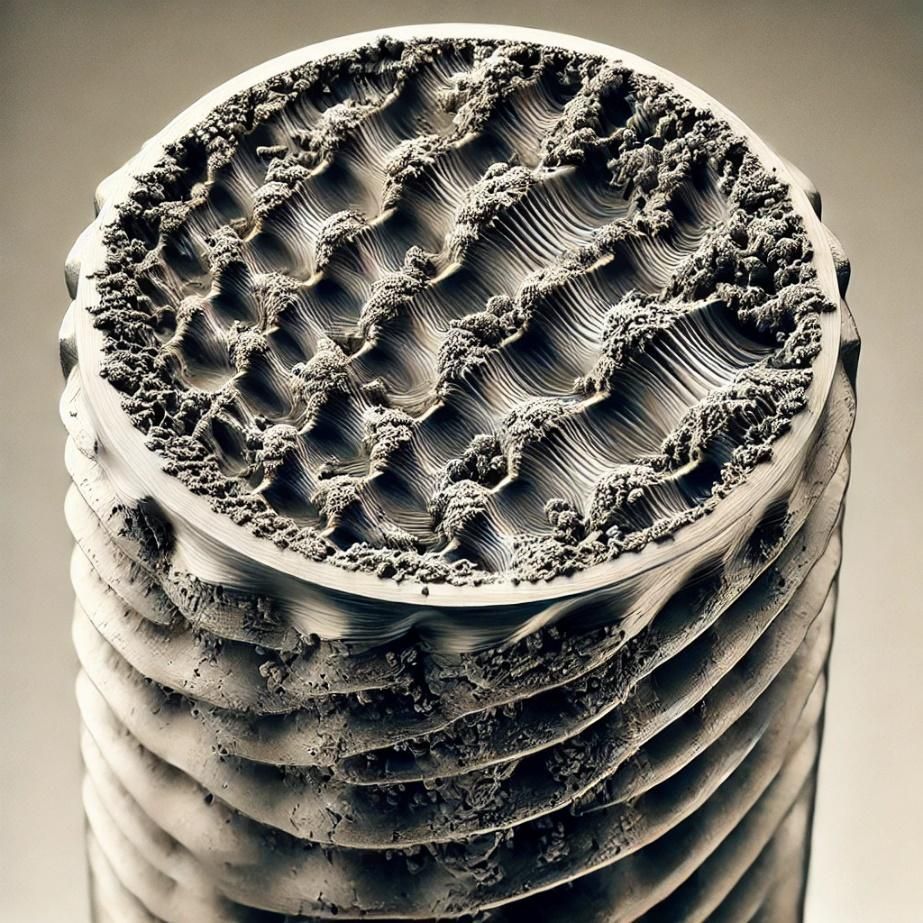METRIC THREADING
Metric threading is one of the most commonly used threading systems worldwide, standardized according to the international metric system. This type of threading is defined by ISO 68-1 and is characterized by a "V" profile with a 60-degree angle.
Characteristics of Metric Threading
Profile Geometry
The profile of metric threading has a "V" shape with a 60-degree angle. This type of threading is identified by two main parameters: the nominal diameter (d) and the pitch (P).
Main Parameters
| Parameter | Symbol | Description |
|---|---|---|
| Nominal Diameter | d | External diameter of the thread |
| Pitch | P | Distance between two consecutive crests |
| Internal Diameter | d1 | Root diameter of the thread |
| Core Diameter | d2 | Diameter at the bottom of the groove |
Standard Size Tables
Metric threading is divided into two main categories: coarse metric threading (M) and fine metric threading (MF).
Table 1: Standard Sizes for Coarse Metric Threading
| Nominal Diameter (mm) | Pitch (mm) | Internal Diameter (mm) | Core Diameter (mm) |
|---|---|---|---|
| M4 | 0.7 | 3.3 | 2.75 |
| M5 | 0.8 | 4.3 | 3.65 |
| M6 | 1.0 | 5.2 | 4.48 |
| M8 | 1.25 | 6.8 | 5.94 |
| M10 | 1.5 | 8.4 | 7.3 |
Advantages of Metric Threading
Metric threading offers several advantages, including:
- Uniformity and Standardization: ISO 68-1 ensures global standardization, facilitating interchangeability.
- Versatility: Suitable for a wide range of industrial applications.
- Precision: The "V" profile ensures an even load distribution.
Applications
Metric threading is widely used in various sectors, including:
- Automotive: Engine components, suspension systems.
- Construction: Steel structures, installations.
- Electronics: Component assembly, fastenings.
Conclusion
Metric threading represents an efficient and standardized solution for fastening and connection needs across multiple industrial sectors. Due to its global adoption and ease of use, it has become an essential element in mechanical and engineering applications.













